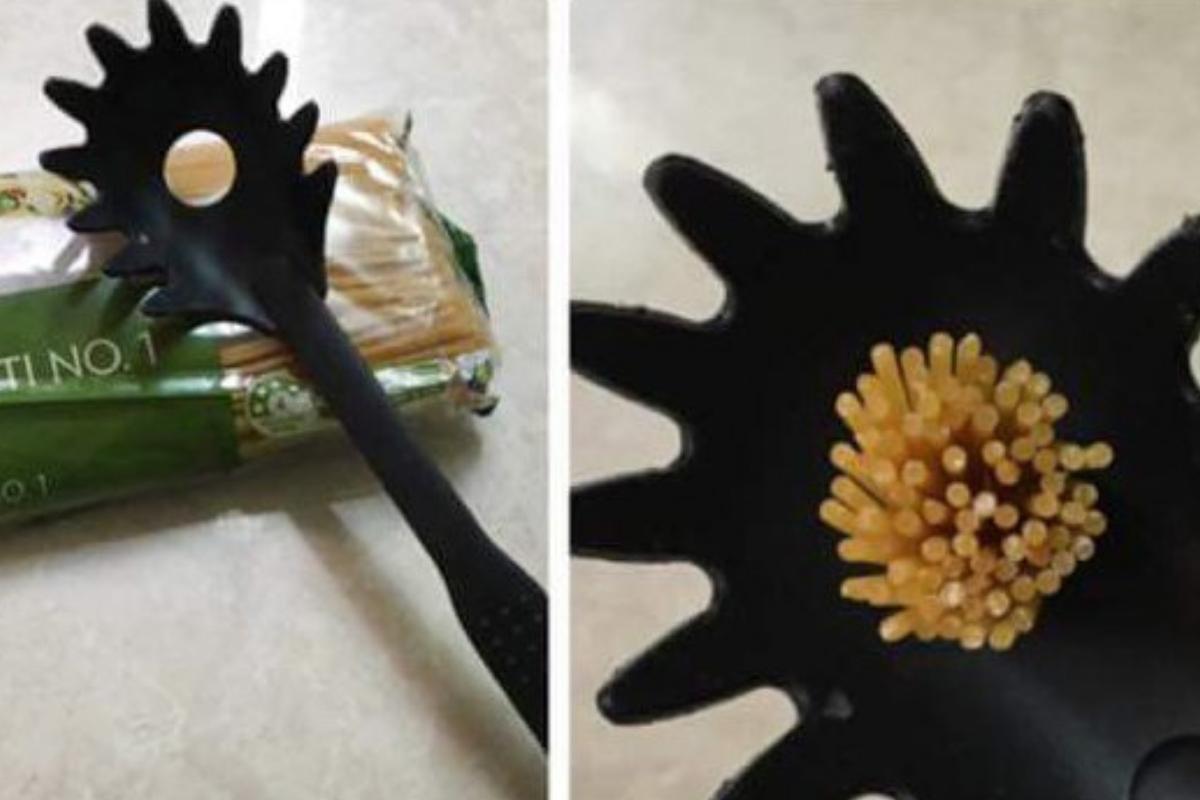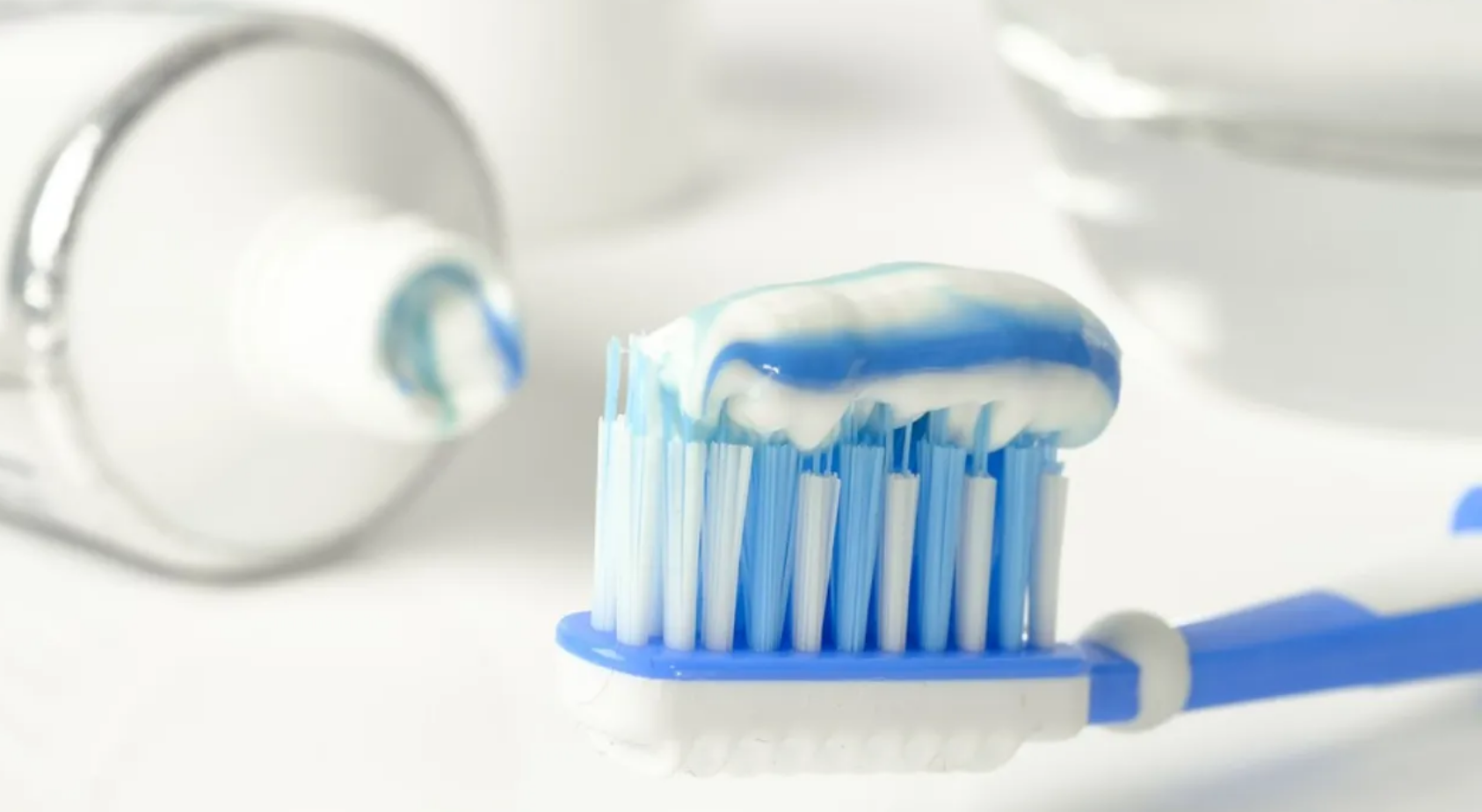21 Little-Known Truths About Everyday Objects
How much thought do you give to the design and usefulness of everyday objects? From your gym shoes to the plastic lids on your fast-food cup, many items in your home have weird quirks that most people don’t know.
We know you have a curious side, so we went searching for the little-known truths about 12 items you have likely used at some point in your life.
1. Extra Shoelace Holes Aren’t As Useless As They Seem
Do you skip the top holes on your shoes with little further thought? So do most people, but there are some good reasons to pay them a bit more attention even if you aren’t a teenager trying to look trendy.

Looping your laces through the top holes will hold the shoe tighter to your foot while stopping the shoes from rubbing your skin if you don’t wear socks.
2. Headrests in Your Car Could Save Your Life
Have you ever wondered how you would get out of your car if you ever ended up trapped with a door that won’t open? Most people have, but they don’t know that the headrest on the back of their chair is the best approach.
If you didn’t already know, headrests come completely of the seat and have two metal rods extending from the bottom. You can shatter the window quickly by placing those rods between the interior car door panel and the window. Pull the headrest down towards you until the glass breaks.

Now you know that your headrest protects you against more than whiplash, but that’s not the end of our little-known facts about everyday objects.
3. Your Spaghetti Spoon is Designed to Measure Proportions
How much spaghetti should you serve one person? That depends on the appetite of the person, but it’s rare that you’ll get this one right. Either you have a heap of leftovers that won’t fit in your tummy or you’re going back or more and hoping it’s not gone.

Who knew that the hole in the center of your spaghetti spoon is the solution? It’s not there to drain liquid but to guide your portioning decisions.
4. Erasers With a Blue Side Aren’t Designed for Erasing Ink
Why did your youthful attempts to erase ink with the blue side of an eraser fail? Probably because that’s not what blue erasers are made to do. They’re designed to erase lead from drawing paper, cardstock, and other thick papers.

That ink isn’t going anywhere regardless of the color of your eraser!
5. You Were Never Meant to Blow Your Chupa Chups Lollipop Like a Whistle
Did you blow into those lollipops with the little hole at the top when you were a kid? Maybe your kids are still doing the same, but that’s not the purpose of those holes.
Why are they there? To save your life!

The hole allows the candy to adhere securely to the stick, ensuring it doesn’t come lose and slip down your throat. It eliminates a choking hazard.
6. Your Favorite Backpack has a Diamond Shape Design for Historical Purposes
What’s that diamond shape design that you see on many backpacks? It might look stylish, but it’s actually a knockoff from alpine backpacks designed to hold ice picks.

Many bags designed for mountaineers had that little diamond piece to hold essential tools, but you’re more likely to use it to hook on gym shoes or a corded headset.
7. Fastfood Lids Have a Second Purpose
Have you noticed that fast food cups sweat a lot of condensation, making a big mess? You can avoid that problem by removing the lid and using it as a coaster.

The little bumps on top of the lids are designed to hold a cup in place when used as a coaster. No, they’re not just there to amuse you for a few minutes while you push them in.
8. The Little Pockets Sewn Into the Crotch of Women’s Underwear Are Not For Storage
Some women find creative ways to use the pocket in their undies for practical purposes, but those pockets are more about comfort.

Health codes often require manufacturers to use materials that aren’t comfortable against the skin, especially in this sensitive area. Fabric is sewn in a pocket design to ensure the underwear pass inspection while feeling good.
9. The 57 on Your Heinz Bottle is Telling You Something. Pay Attention
Hold a Heinz 57 bottle at a 45-degree angle and tap on the raised 57 etched into the side.

You will notice that the ketchup runs out smoothly, saving you from beating the bottom of the bottle with no results other than messy splatters.
Thank you, Heinz!
10. Those Pom Poms on Your Hats are Courtesy of the French Marines
Those knit hats that everyone wears out in the cold more often than not have a pom pom sewn into the top. Do you wonder why? It comes down to an ingenious idea by the French marines to stop banging their heads on low doorways.

Many ships had smaller doorways than expected, and the pom poms absorbed the blow when heads collided with the door frame.
11. That Hole on Your Padlock Wasn’t Designed to Make it Easier to Pick Open
Have you ever shoved a bobby pin or other small object into the hole on the bottom of a padlock? Probably so if you’ve ever locked yourself out of something valuable.

It may not have worked because those holes are designed to prevent the moisture from collecting inside the lock. That’s a preventative measure against rust.
12. The Hole On Your Airplane Window Is Keeping You Alive
If you fly regularly and prefer the window seat, perhaps you’ve noticed condensation on the window. It’s an unsettling sight that may lead you to assume your window is defective, but in reality, it’s a part of aircraft design.

They put a small hole in the windows to help regulate cabin pressure. No worries about going down with a defective plane.
13. Color Lined Toothpaste
Originally the colors of the lines at the bottom of toothpaste tubes were thought to denote the type of toothpaste. It would show whether it was made of organic or non organic components.

In reality, they are actually just codes used by light beam sensors at the factory where the tube is made. It is there to designate where the tube should be cut and folded.
14. Tic Tac Boxes
If you have ever found yourself having trouble keeping yourself wot just one Tic Tac, the Tic Tac company actually designed its box to help with that.

The little tab on the opening of the Tic Tac box perfectly fits a single Tic Tac. When you tilt the box at an angle, one Tic Tac will perfectly slide on the tab!
15. The Punt at the Bottom of a Wine Bottle
You may notice there is a punt at the bottom of each wine bottle. This helps each wine bottle balance and stand upright.

The punt also allows sediment in the wine to settle into a tight space at the bottom of the bottle. This prevents it from being released into the wine as you pour it into a glass.
16. Studs on Denim Jeans
You may notice that almost all jeans you have come with rivet or studs on them. They are usually placed on corners of pockets.

You will find them on denim in the places with the highest chances of scrapping off. The rivets and studs are added to those areas in order to provide extra strength to your denims.
17. The M&M in M&Ms Stands For Mars and Murrie
After wartime, M&Ms were made available to the public. Forrest Mars bought out Murrie’s shares in the company.

Two years after this acquisition the company decided to print the candies with a black “m” which eventually changed to white. Customers were encouraged to “Look for the M on every piece” to ensure they were getting the real M&M candies.
18. Trouser Creases
Have you ever wondered if there was a purpose to those creases you see in fancy trousers? The answer goes back to the 19th century.

Trousers were being made in Europe and then shipped to other countries. Because of how they were folded and the long journey by ship, when they were received by the buyers the crease was not fixable. Because of this, they made it into a fashion statement.
19. Barcode Readers Read the White Parts Not the Black
Have you ever wondered how barcodes work? The scanners emit rays of light onto the barcode of the product that you are scanning. When the light hits the barcode, the dark areas absorb the light whereas the white areas reflect it back.

This generates a waveform that corresponds to the light that was reflected. The waveform is then decoded by the barcode reader in a similar manner to how Morse code dots and dashes are decoded.
